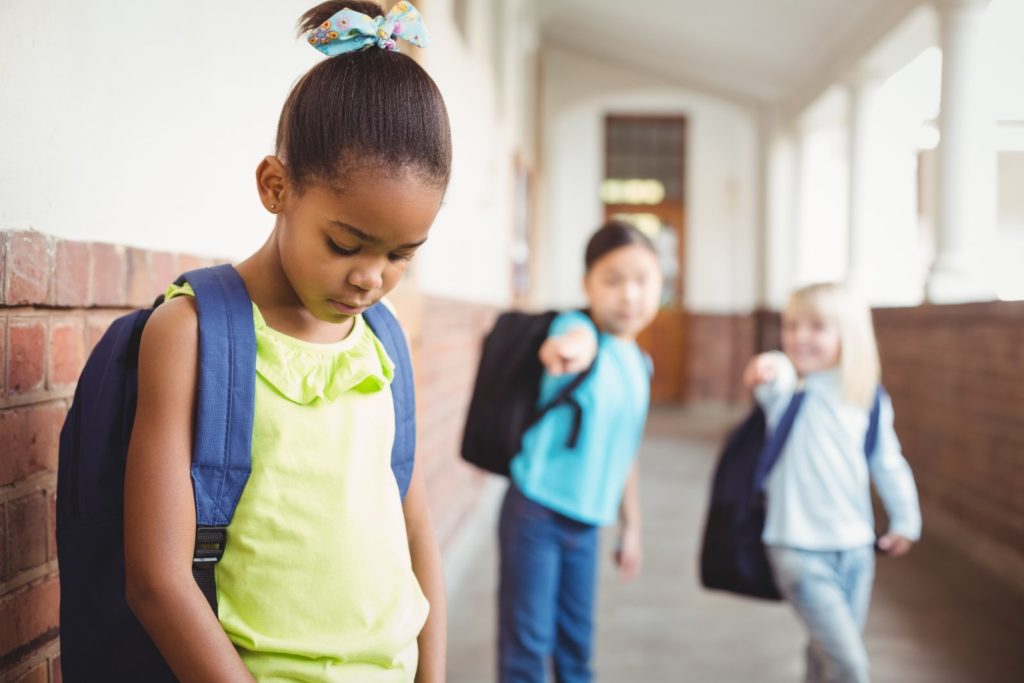October is National Bullying Prevention Month and it’s my goal to raise awareness about bullying — both online and in the real world. With honest conversations we can start a meaningful dialogue about how we can work together to combat bullying no matter where it may occur.
Because much of my work is with students and schools, I want to focus today on how schools handle bullies and how they can decrease the number of bullying incidents in the classroom setting.
Before I get into my thoughts on how to combat bullying, it’s important to start with the basics.

What is a bully?
It’s important to understand what bullying is (and isn’t) because it’s a hot topic and a word that is used often, even though some circumstances aren’t actually considered bullying. When the term “bully” is used, it brings a whole new layer of potential legal concerns for school or work settings and changes how the organization must handle it.
A bully is someone who creates harm or hurts another person on a chronic, consistent basis. Bullying is emotional or physical, or both and takes place in-person or online.
The goal of bullying is to intimidate, intend to harm or actually harm another individual. Victims of bullying are typically those who are vulnerable (although it isn’t always the case).
Bullying is not emotional or physical harm that happens in the heat of a particular moment when emotions are high. It’s more than someone using harsh words or being unkind on one occasion.
What should a school do when someone reports being bullied?
First, if a child reports being bullied, the school needs to determine whether or not this is a regular incident of a child specifically harming another child or not.
All schools have a defined term for what bullying is and it always has to do with whether or not someone has met specific criteria, namely:
- Is there an intent to hurt someone?
- Are these incidents repeated more than once?
From there, it is up to the school to determine how best to tackle the bullying through their school administrative process.
How can schools decrease incidents of bullying?
The biggest issues for schools to understand are the triggers and warning signs of students who bully.
If a school can address a bully and have strategies onboard to recognize and create a prevention program, there’s a way to curtail bullying from taking place at school.
Decreasing the number of bullying incidents in a school can be done with the help of teachers in their classrooms. They need to work with kids and start meaningful dialog around bullying. The more it is talked about, the more kids can understand bullying. Most bullies don’t start out with the intention of being one, nor do they want to be labeled as such. So, the more awareness raised about bullying, the less likely someone is to bully.
At the end of the day, prevention is the best way to stop someone from bullying and within a school system there are numerous prevention opportunities in the form of peer groups and educational support.
Schools should launch pro-social groups and support groups to get kids together and create relationships that are uniting, like campus cleanups and more. When you align kids with a purpose and cause, they are more likely to be supportive of each other and not bully.
Does your school need to combat bullying? Digital Citizens Academy can help. Learn more today and start fighting bullying.







